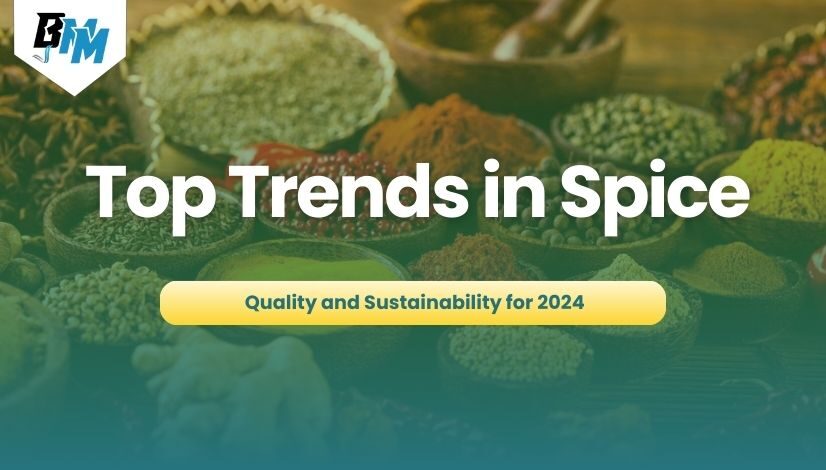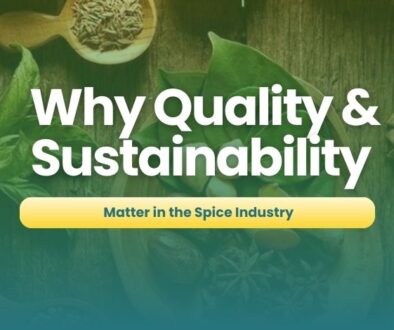Top Trends in Spice Quality and Sustainability for 2024
Emphasis on Organic and Non-GMO Spices
Consumer Demand for Purity
One of the top trends in the spice industry for 2024 is the increasing consumer demand for organic and non-GMO spices. Consumers are becoming more health-conscious and prefer products free from synthetic pesticides and genetically modified organisms. This shift is driving spice producers to adopt organic farming practices and seek non-GMO certifications, ensuring their products meet these growing expectations.
Enhanced Health Benefits
Organic and non-GMO spices are perceived to offer enhanced health benefits. These spices are cultivated without synthetic chemicals, which means they retain their natural nutrient profiles. As a result, consumers are more likely to choose organic options for their purported higher antioxidant levels and overall health benefits.
Adoption of Sustainable Farming Practices
Soil Health and Biodiversity
Sustainable farming practices are crucial for maintaining soil health and biodiversity. Practices such as crop rotation, cover cropping, and integrated pest management help preserve soil fertility and reduce the environmental impact of spice farming. These methods ensure that spices are grown in a way that supports long-term agricultural sustainability, benefiting both the environment and farmers.
Water Conservation
Water conservation is another key aspect of sustainable spice farming. With the increasing awareness of water scarcity issues, spice producers are implementing efficient irrigation systems and rainwater harvesting techniques. These measures not only reduce water usage but also improve the resilience of spice crops to climate variability.
Focus on Ethical Sourcing and Fair Trade
Supporting Farmer Communities
Ethical sourcing and fair trade are gaining prominence in the spice industry. Consumers are increasingly concerned about the social impact of their purchases and prefer products that support fair wages and safe working conditions for farmers. By partnering with fair trade organizations, spice companies can ensure that their products are ethically sourced and contribute to the well-being of farming communities.
Transparency and Traceability
Transparency and traceability are becoming essential for building consumer trust. Companies are investing in traceability systems that allow consumers to track the journey of spices from farm to table. This transparency helps ensure that the spices are sourced ethically and sustainably, fostering greater consumer confidence.
Innovations in Spice Processing
Advanced Drying Techniques
Innovations in spice processing are enhancing quality and sustainability. Advanced drying techniques, such as freeze-drying and solar drying, are being adopted to preserve the natural flavors and nutritional content of spices. These methods are more energy-efficient and environmentally friendly compared to traditional drying processes.
Minimal Processing for Maximum Flavor
There is also a trend towards minimal processing to retain the authentic flavors of spices. By reducing the steps involved in processing, spice producers can maintain the integrity and potency of the spices, delivering a more genuine culinary experience to consumers.
Conclusion
The spice industry in 2024 is characterized by a strong focus on quality and sustainability. Trends such as the demand for organic and non-GMO spices, sustainable farming practices, ethical sourcing, and innovations in processing are shaping the future of the industry. By embracing these trends, spice companies can meet consumer expectations, protect the environment, and ensure the long-term viability of spice production. Prioritizing these aspects will be essential for success in the evolving spice market.



